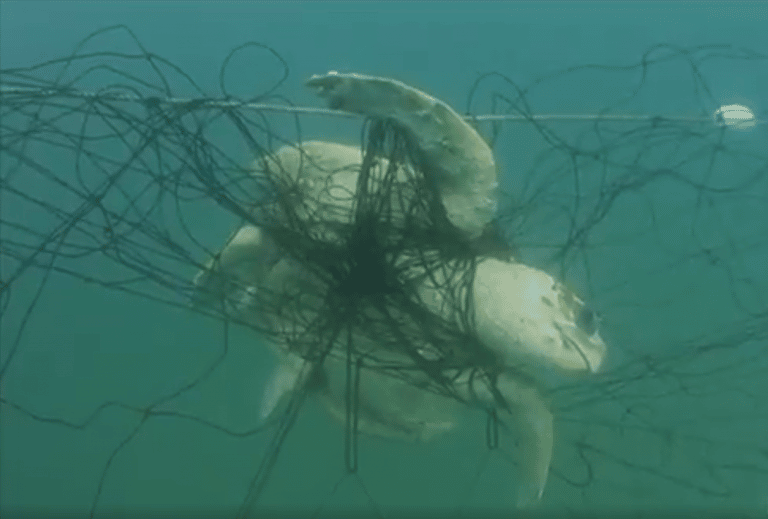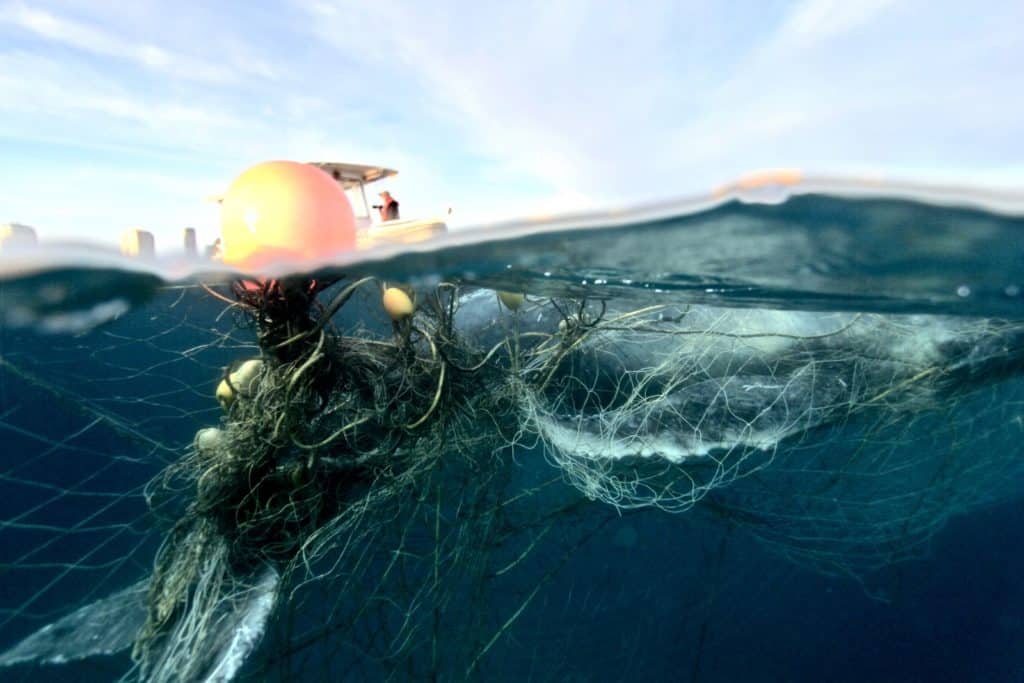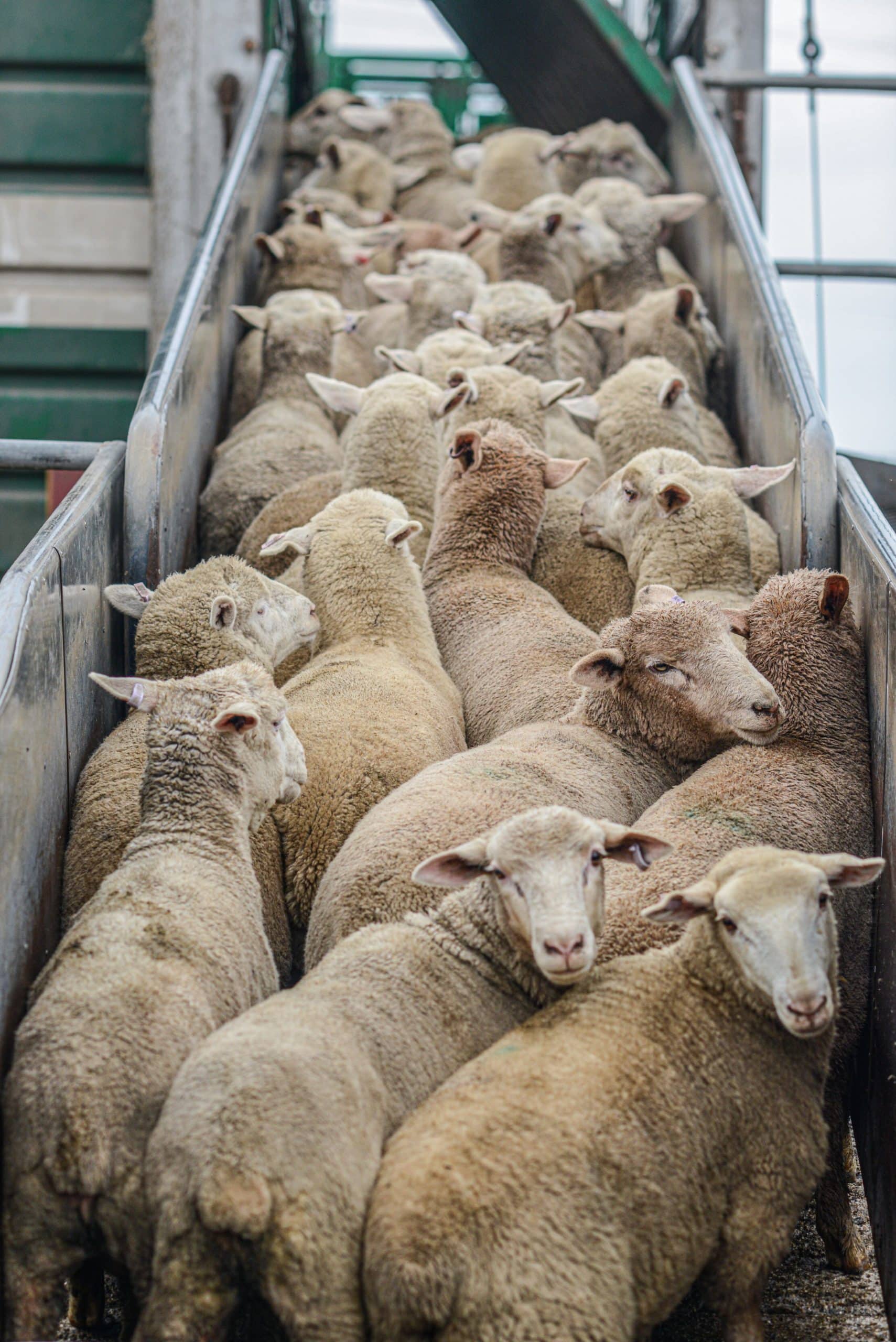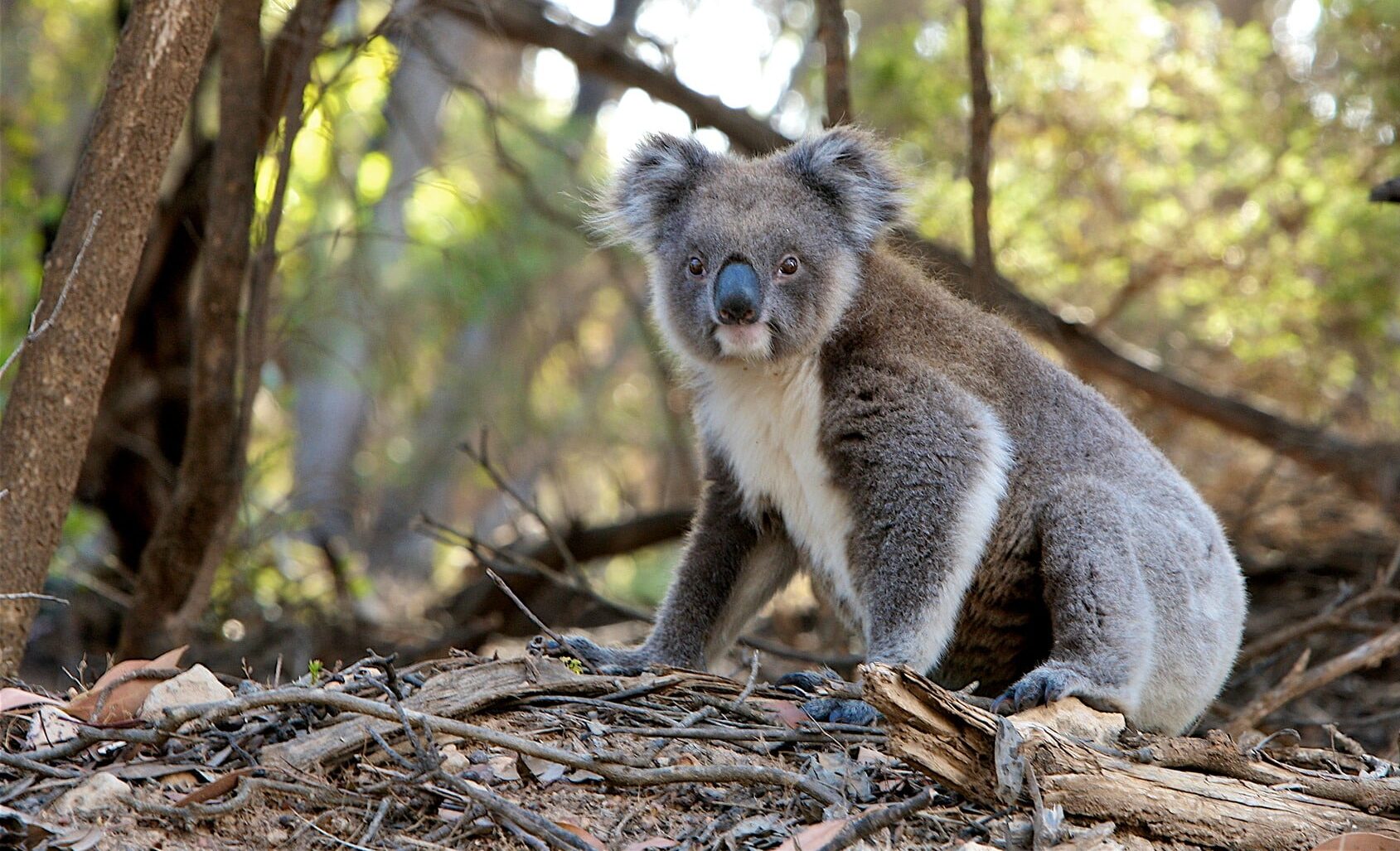This media release was distributed by the Australian Alliance for Animals, of which HSI Australia is a member. Leading animal welfare organisations are calling on the Albanese Government to honour its election commitment to phase out live sheep exports in an open letter requesting a definitive end date to be...
December is finally here, and with the warmer weather more people will be flocking to NSW beaches. Shark nets in NSW have now been back in the water since September, and with the recent move by the NSW Government to install new nets on the North Coast, we will be seeing even greater mortalities of our precious marine species, all for the illusion of bather safety.
HSI campaigns to end all lethal shark control programs in Australia, including the shark nets in NSW, the nets and drumlines in Queensland and Western Australia’s shark culls. Not only do shark nets and drumlines kill thousands of endangered marine species, they are also ineffective at protecting the public and out of date. In fact, in NSW 65% of shark bites occur at netted beaches.
Shark nets pose a big threat to the critically endangered grey nurse shark.
Sharks are top order predators that play an important role in the functioning of marine ecosystems. We need them for healthy oceans. Even a small number of shark deaths in the nets may be enough to cause severe population declines in some of the species caught. Nets are one of the biggest impediments to the recovery of the critically endangered grey nurse shark, for which HSI secured protection under federal law in 2001. It’s a harmless species which has never attacked anyone. It is a sad state of affairs when a species which has been offered protection at both a state and federal level for 15 years has still not shown any documented recovery. And is it any wonder when the government charged with protecting them runs a massive shark net program which kills them! The new nets on the North Coast will be dangerously close to an important grey nurse shark colony and the consequences for the species could be disastrous.
Among other marine animals affected by the nets and drumlines (drumlines are found from the Gold Coast to Cairns) are marine turtles, dolphins, dugongs and whales. In fact, marine turtles are one of the largest groups of animals caught in the QLD shark control program. Over the course of the program more than 5,000 marine turtles have been captured in nets and on drumlines and between 2001 and 2013 a shocking 442 loggerhead turtles were captured – another species threatened with extinction. This figure is seven times the number of white sharks caught in the same period. While 27 of these animals were found dead, those that were released were not tagged and therefore we cannot know if they survived the lacerations, stress or disease they could suffer as a result of the hooking and entanglement.

In Queensland, the majority of beaches with nets and drumlines had never experienced so much as a shark bite before they were installed. It may well be that the use of baited drum lines will actually attract sharks to the beaches. Alarmingly, drumlines and nets are even being used in the Great Barrier Reef Marine Park, a World Heritage Area. Surfers are among the main ocean users at risk to shark interactions, albeit a low risk. But within the Great Barrier Reef there are few if any suitable surfing beaches due to the reef producing different wave and beach conditions, so why the need for shark nets and drumlines?

Marine stingers also lessen the amount of beach goers in the marine park. During October to June there are areas along the Great Barrier Reef coast that are influxed with marine stingers. When stingers are present there are significantly less people in the water. Those that do choose to swim during stinger season usually do so in allocated stinger net areas, or in the outer reef taking suitable precautions. It therefore seems even more unreasonable to have drumlines and nets in the marine park during this time. These beaches would be far more suited to have eco-barriers installed.
Scientists at Deakin University confirmed that shark control programs are providing nothing more than peace of mind, at the expense of our marine environment. The NSW Shark Meshing Program (NSW SMP) has been listed as a key threatening process under the Threatened Species Conservation Act 1995 since 2003, but 13 years later it has no threat abatement plan (TAP) in place, and we are little closer to removing shark meshing, or putting in place measures such as shortening the time nets are in the water, and taking nets out in areas critical to marine species. If anything governments are increasingly turning to these crude measures as knee jerk reactions to newspaper scare campaigns. The number of beaches with nets and drum lines is increasing.
HSI is exploring every legal option possible to put an end to lethal shark control programs. We need to push the Government to fund and deploy more effective technology that doesn’t come at the expense of our important marine life.
TAKE ACTION!
You can help by writing or emailing NSW Premier Mike Baird, QLD Premier Annastacia Palaszczuk and Federal Minister for the Environment Josh Frydenburg urging them to get rid of nets and drumlines and look into safe, non-lethal alternatives that will not harm our marine species. Click here for their contact details and more information.



